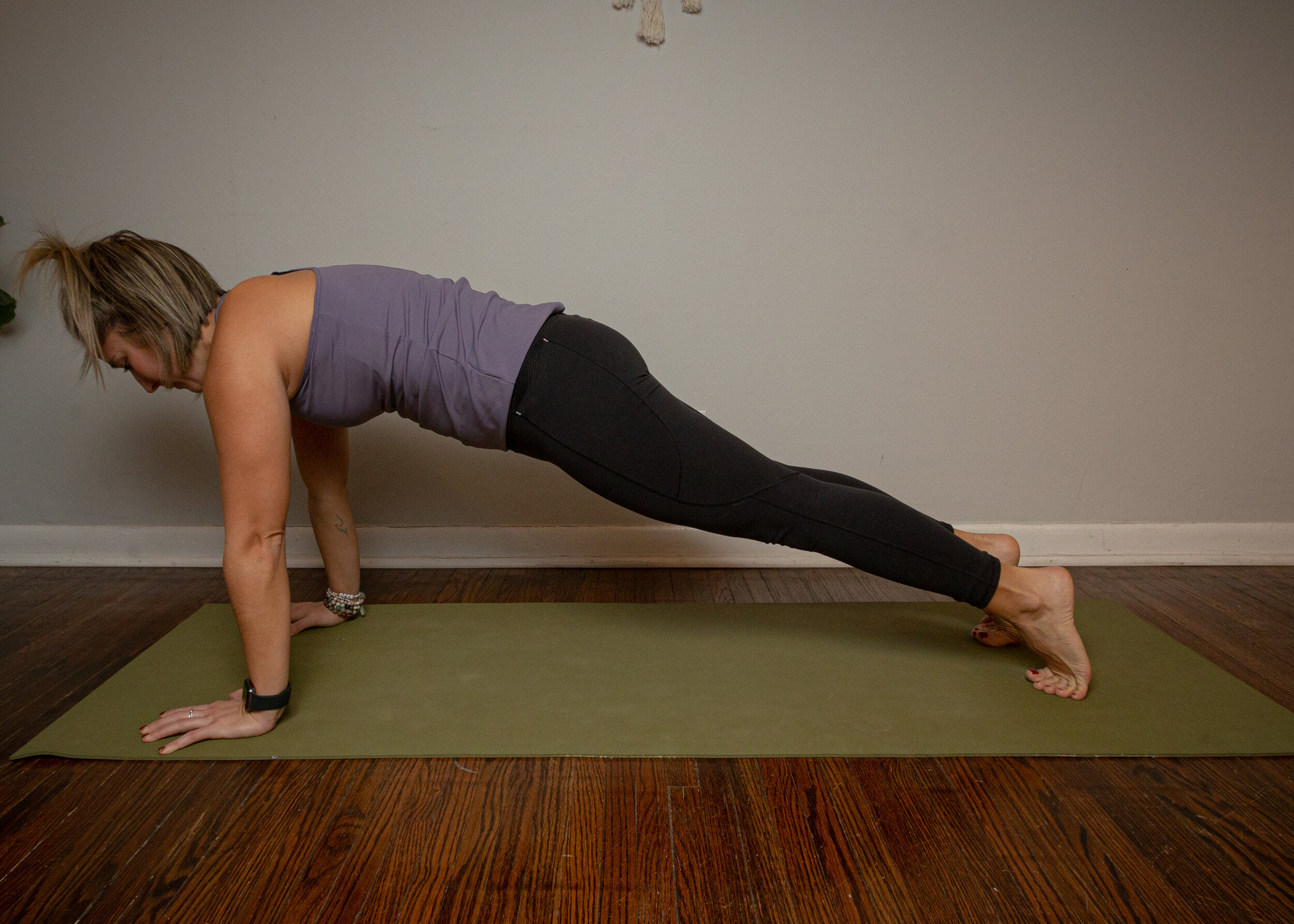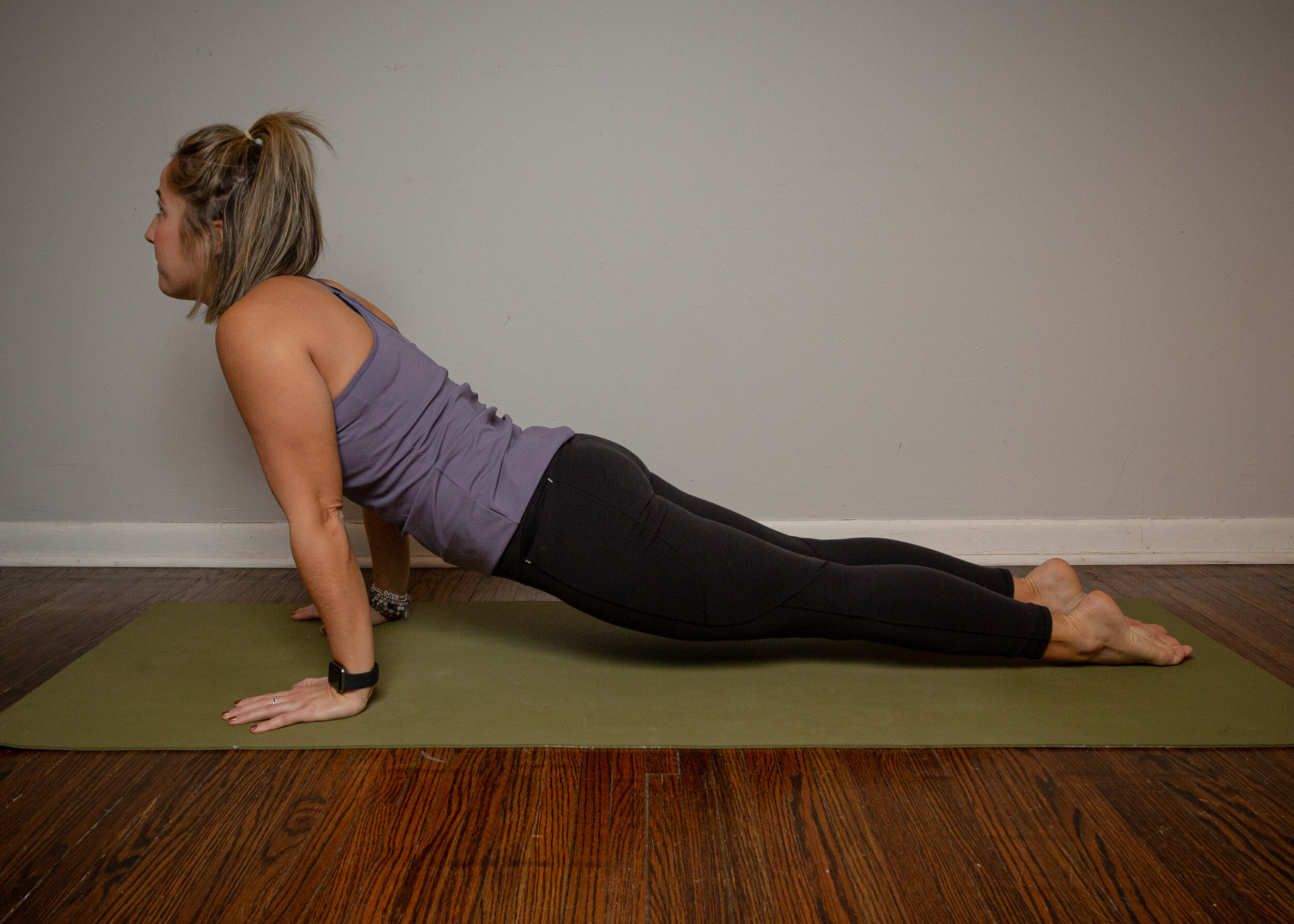How To Prepare For Your First Yoga Class
If you’re reading this, you’re probably wondering what to expect for your first yoga class. How exciting! Yoga is a life-changing practice and plays such an important role in mental and physical health, but going to a yoga class can be intimidating if it’s a brand new experience for you.No need to be nervous. I’m going to give you a few tips to help you feel at ease for your first class whether you’re walking into a yoga studio or simply stepping onto your mat for the first time.
Things You’ll Need For A Yoga Class
The first thing you’ll need is a yoga mat. Luckily these are easy to find at any department store. Something inexpensive is great to get you started. Next you’ll need a couple props like a strap and a couple blocks (2 is great for beginning a practice). In the case that you don’t have a strap or blocks you can use a towel or a belt for a strap and water bottles or pillows for blocks (let’s get creative).
What is Vinyasa?
Vinyasa is a beautiful style of yoga where the breath and the movement come together as one. In a vinyasa yoga class the movements form a flowing, fluid sequence that aligns with the breath. I love this style of yoga because it allows space for you to move at your own pace and modify any shapes necessary. A very common breath-to-movement sequence you find in a vinyasa class is Chaturanga, Upward Facing Dog, Downward Facing Dog which also have different variations and modifications depending on what you need.
Plank Pose (Kumbhakasana)
Chaturanga (Low Plank)
Upward Facing Dog (Urdhva Mukha)
Downward Facing Dog (Adho Mukha)
Modified Plank Pose (Kumbhakasana)
Modified Chaturanga (Low Plank)
Cobra (Modified Upward Facing Dog)
Downward Facing Dog (Adho Mukha)
Breathing In A Yoga Class
There are many different breathing techniques used in yoga but the most common one is Ujjayi Pranayama which translates to victorious breath (it has been described as sounding like an ocean wave crashing). Here’s how it goes: begin by breathing in and out your nose and let your breath be natural. Take a few rounds to notice how your breath feels. Now let’s fire up the Ujjayi breath. Continue to breathe in and out your nose, but add a slight constriction in the back of your throat on the exhale. The best way to execute this breath is to pretend you are trying to whisper to someone across the room and that feeling in your throat is what you want throughout your breathing practice. It can seem like a lot to think about at one time, but if you let your breath be the most important part the more you practice, the less you’ll have to think about it. This is the most important part of a physical yoga practice (yes, EVEN more important than the poses themselves).
Child’s Pose Balasana In A Yoga Class
If at any moment throughout the class you start to feel heated, or overwhelmed do not worry. You can always take a moment and drop into Balasana or Child’s Pose. This pose is an amazing way to ground yourself, calm your nervous system and get you back to your breath. I personally take this pose multiple times throughout my practice (even when the teacher doesn’t call the pose). To get into Child’s Pose, come to a table top position on all fours. From there, sit your hips back towards your heels, bring your big toes to touch, spread your knees wide to the outer edges of your mat, rest your forehead on the earth and stretch your arms forward towards the front of your mat. Because this is YOUR practice, it’s important to listen to your own body and what it needs in the moment.
Just remember that yoga is a sacred and beautiful practice that should be honored. Give yourself grace while you move, breathe and learn and enjoy every single moment.









